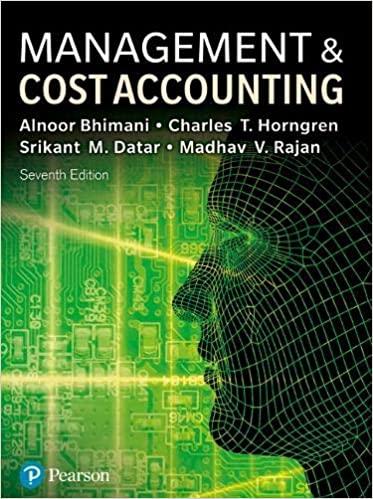Question
You work as an audit senior for a national CPA firm and have been assigned to audit the revenue cycle of the company's 2020 calendar
You work as an audit senior for a national CPA firm and have been assigned to audit the revenue cycle of the company's 2020 calendar year-end annual financial statements. You work out of the Las Vegas, Nevada, branch office and are very familiar with the manufacturing and the gaming industry. The audit client, KMHS Manufacturing Company Inc., has been an audit client of your firm for the last three years, but this will be the first year you have worked on the engagement. During the brainstorming session held prior to fieldwork, the audit partner noted that that the company was having financial difficulties due to reduced revenue as a result of a global pandemic. An emphasis was added to the audit for the team to carefully consider management override. KMHS began operations on January 1, 2005, in Las Vegas. The company is a nonpublicly traded, closely held S corporation with three shareholders: the CEO, who owns 40% of KMHS; the COO and general manager, who owns 35%; and the CFO, who owns 25%. The shareholders chose Las Vegas for the central location to casinos on the West Coast, low risk for natural disasters, and favorable gaming outlook by the banking industry. The three shareholders have 75 years' experience between them in the gaming industry. The shareholders invested $1.4 million into the company when it began operations (see the attached "Appendix C: Financial Statements"). There are no related party transactions. The company sales are classified under two groups: commercial customers and individual consumers. The company sells three products: casino chips (chips), dice, and playing cards (cards). Sales of chips, dice, and cards to commercial operations are conducted through KMHS's Sales Department. The company's final revenue stream is through slot machines (see the attached "Appendix A: Products, Sales, and Revenue" and "Appendix B: Customers, Warranties, Economic Conditions, and Accounts Receivable"). During 2005, KMHS negotiated a $1 million bank loan to cover development of casino chips. In addition, it negotiated a $1 million line of credit. During 2012, the company negotiated an additional bank loan to cover the production of slot machines. In 2019, the company then negotiated a consolidated loan to finance production costs for dice technology. The negotiated loan required KMHS shareholders to add additional capital to lower the debt-to-equity ratio to no greater than 0.8%. The bank loans are collateralized by all the assets of the company and are guaranteed individually by the shareholders. Average interest rates for 2020, 2019, and 2018 were 6.0%, 6.0%, and 4.5%, respectively.
Step by Step Solution
There are 3 Steps involved in it
Step: 1

Get Instant Access to Expert-Tailored Solutions
See step-by-step solutions with expert insights and AI powered tools for academic success
Step: 2

Step: 3

Ace Your Homework with AI
Get the answers you need in no time with our AI-driven, step-by-step assistance
Get Started


